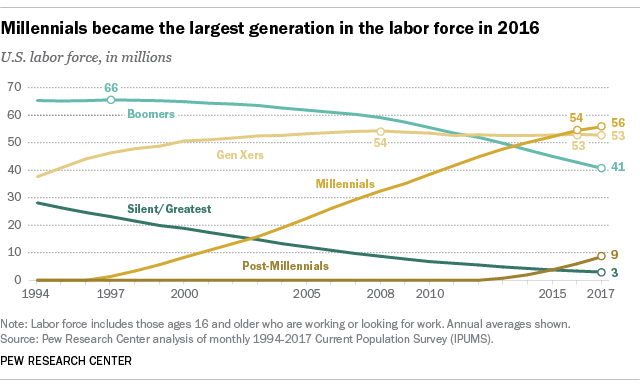9% of Americans Aged 75 and Older Continue Working Amid Evolving Retirement Realities

A recent observation from The Wall Street Journal highlighted the evolving landscape of later-life employment, posing the question, "> What retirement looks like when you wait until you're 75." This inquiry underscores a growing trend where a significant portion of older adults are delaying traditional retirement, often due to a complex mix of financial necessity, a desire for purpose, and improved health. Approximately 9% of Americans aged 75 and older are currently employed, a figure that has more than doubled since the early 1990s, indicating a substantial shift in post-mid-life careers.
Financial pressures are a primary driver behind this trend, as many older Americans face insufficient savings to cover basic living costs and potential financial shocks. Reports from the National Council on Aging (NCOA) indicate that 80% of older households are financially struggling or at risk, with low-income older adults dying, on average, nine years earlier than their wealthier counterparts. Continuing to work past 75 can provide crucial income to bridge these gaps, though it introduces complexities regarding Social Security taxation and Required Minimum Distributions (RMDs) from retirement accounts.
Beyond financial considerations, working into advanced age offers significant lifestyle and health implications. Employment can provide structure, social interaction, and a vital sense of purpose, contributing to mental and emotional well-being. However, research also suggests that while working longer can keep individuals mentally sharp, health challenges tend to increase significantly after age 75, with a higher incidence of chronic diseases potentially impacting overall quality of life.
The decision to delay retirement to 75 also brings unique challenges in healthcare planning and legal considerations. Medicare coverage gaps, the need for long-term care insurance, and the increasing risk of sudden incapacity require meticulous planning. Additionally, older workers may encounter age discrimination, and navigating the intricate rules governing Social Security, Medicare, and pensions can be complex, often necessitating expert guidance. This multifaceted reality shapes what retirement truly looks like for those extending their careers into their mid-seventies and beyond.